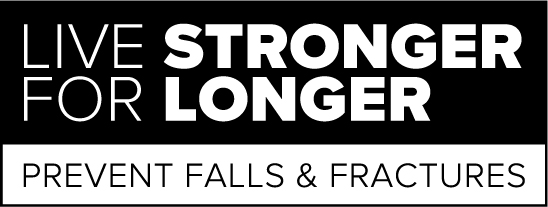
Chronic pain
In one of our previous posts we talked about the benefits of exercise in treating chronic pain, but what is chronic pain and what are the causes?
Acute pain settles after its cause has resolved- the soft tissues have healed, inflammation has reduced or the infection has cleared. Chronic pain, also called persistent pain, is pain that lasts longer than 3 months which is how long it takes most injuries in the body to heal.
When pain becomes persistent there are a number of things going on in the body:
Firstly, there are changes to your nervous system (that's your peripheral nerves, spinal cord and brain). This means that it is more sensitive to pain. For example, previously bending forwards to touch your toes may have been pain free, but after developing persistent pain that movement is now painful.
Secondly, there are changes to your ligaments, muscles and tendons. They become less flexible and weaker so are unable to tolerate activities as well as before. For example, bending forwards to pick up a box is now harder as you have less flexibility to reach for the box and less strength to pick it up.
Just as bending forwards would have not caused any damage to your back before you had pain, it will not cause any damage when you do have pain, even if it feels painful to do. It just means that your nervous system is more sensitive to that movement and your soft tissues have less capacity to cope with that movement. A helpful analogy is a car alarm that goes off when it rains. It doesn’t mean that there is someone breaking into the car, it just means that the car alarm is not working as effectively as it should be.
Chronic pain can be due to other conditions such as arthritis or other more serious pathologies. Your clinician will rule these out by getting a detailed history of your condition and asking what we call “red flag questions”.
Other investigations such as X-rays, MRIs or blood tests are rarely needed, unless we need to rule out other pathologies. Lots of research studies have shown that unless there is good cause to investigate, unnecessary imaging can negatively impact your pain and how well you progress.
When it comes to treating chronic pain we at first need to consider the things that impact it. These can be lifestyle factors such as poor sleep, activity levels and stress related to work or home life. Other factors that can impact are your beliefs surrounding the cause and severity of your pain. Physio can help with this by educating you about persistent pain and working with you to find management strategies that will help break that cycle of chronic pain.
We also need to consider things such as weight management and mental health. These are things that physio may not be able to help with so seeking guidance from other clinicians such as dietitians or mental health professionals is also really helpful.
There is no quick fix for chronic pain, which often makes it feel like there is no cure. However, implementing small positive changes can make a big difference. This builds a good foundation and allows you to gradually implement more changes as you feel ready. Seeking guidance from a physiotherapist is a great way to give you the tools to manage your condition long term.
Sam
References and further reading:
https://www.healthnavigator.org.nz/health-a-z/c/chronic-pain/
https://mft.nhs.uk/north-manchester-general-hospital/physio-videos/managing-pain/
https://www.nhs.uk/live-well/pain/ways-to-manage-chronic-pain/
You’re In Good Hands
Our ACC acupuncture experts are some of the best in our field! Our clinic is multi-disciplinary, so we are specially equipped to find you the perfect solution for your needs.

Your body deserves to be on Top Form





